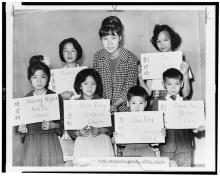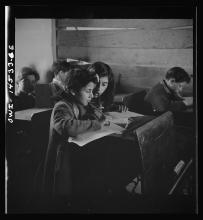Accessing Inquiry for English Learners through Primary Sources will be offered at the Collaborative for Educational Services (CES) in Northampton, Massachusetts in a two-session format, meeting Thursdays a month apart, October 19 and November 16.
Accessing Inquiry returns in-person in newly renovated space in Northampton
Published on Mon, 07/31/2023



